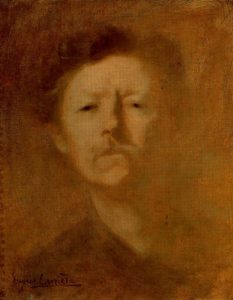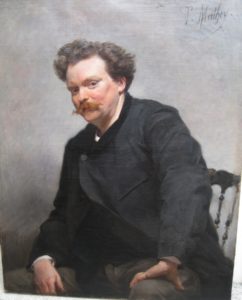
1849 - 1906
Eugene Carriere

description
A French painter, graphic artist and sculptor. Eugene Carriere is famous as an outstanding teacher, who founded his own art academy and who was a teacher of such great masters as Andre Derain, Jean Puy and Henri Matisse. In 1890, together with Rodin and Puvis de Chavannes, Carriere founds the National Society of Fine Arts; in 1904, he becomes the first president of the newly opened Autumn Salon. On his initiative, the Salon of New Art opens; artists of completely new Art Nouveau style are exhibited there. The work of E. Carriere had a significant influence on Symbolist artists and opened ways for the formation of Fauvism.
Key ideas:
– “The power of feeling makes him equal to the greatest poets,” said one of the members of Les Nabis group, artist and critic Maurice Denis, about Eugene Carriere. The work of the artist is really poetic. Images in soft pastel colors shrouded in a light haze seem unusual and mysterious; they evoke a light melancholy and lyrical mood.
– The artist deliberately abandoned clear lines and rich colors. His palette consists of only a few colors; however, this does not make his paintings poor and lifeless. Carriere’s canvases are very emotional; the themes of friendship, childhood, maternal love and family togetherness find a constant response in the hearts of viewers.
– In addition to the monochrome color scheme, which the artist used in his paintings, Eugene Carriere’s painting is distinguished by a sharp division of the painting into plans. The figures in the foreground are made in bright colors and are most clearly depicted. What is placed further lies in the same plane. To paint the background, the artist uses dark brown and grey shades, immersing objects into mist, so that it is hard to see them. Wavy lines emphasize the overall mysterious mood of the paintings.
– Eugene Carriere was a talented portrait painter. Using minimal means of expression, he was able to very accurately reproduce a person’s character. When you look at the portrait by Carriere, you feel like he had caught the very essence, what his model lives and breathes. At the same time, the facial features in the paintings seem to be blurred; they do not have any materiality; this makes paintings mysterious and mystical. In his paintings, the artist often depicted his large family. With special love, he painted portraits of his wife and children, which he named poetically: “Melancholia”, “Dreaminess”, “Reflection”.
1849
1869
1877
1879
1890
1896
1898
1904
1906
The artist was born
Began studying at the National Academy of Arts
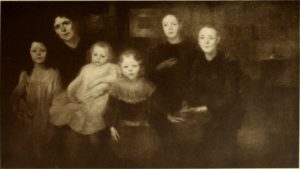
He discovered works of William Turner
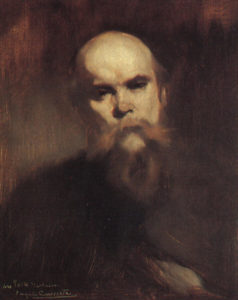
Began to paint chamber compositions and portraits
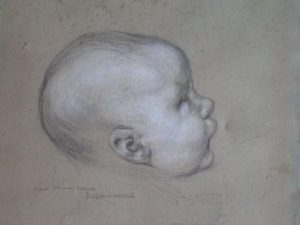
He opened the National Society of Fine Arts
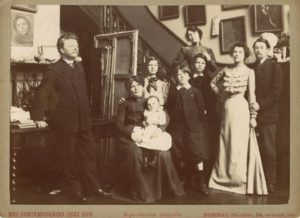
Organized the Salon of New Art
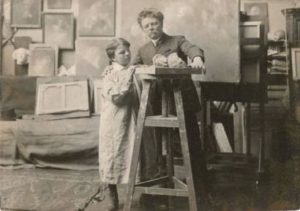
Opened a free workshop in Paris
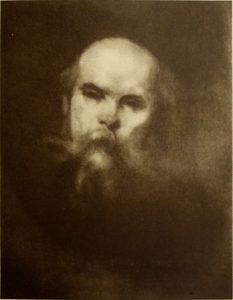
Eugene Carriere became the first president of the Autumn Salon
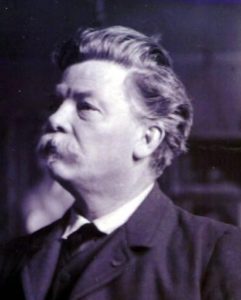
The death of the artist
